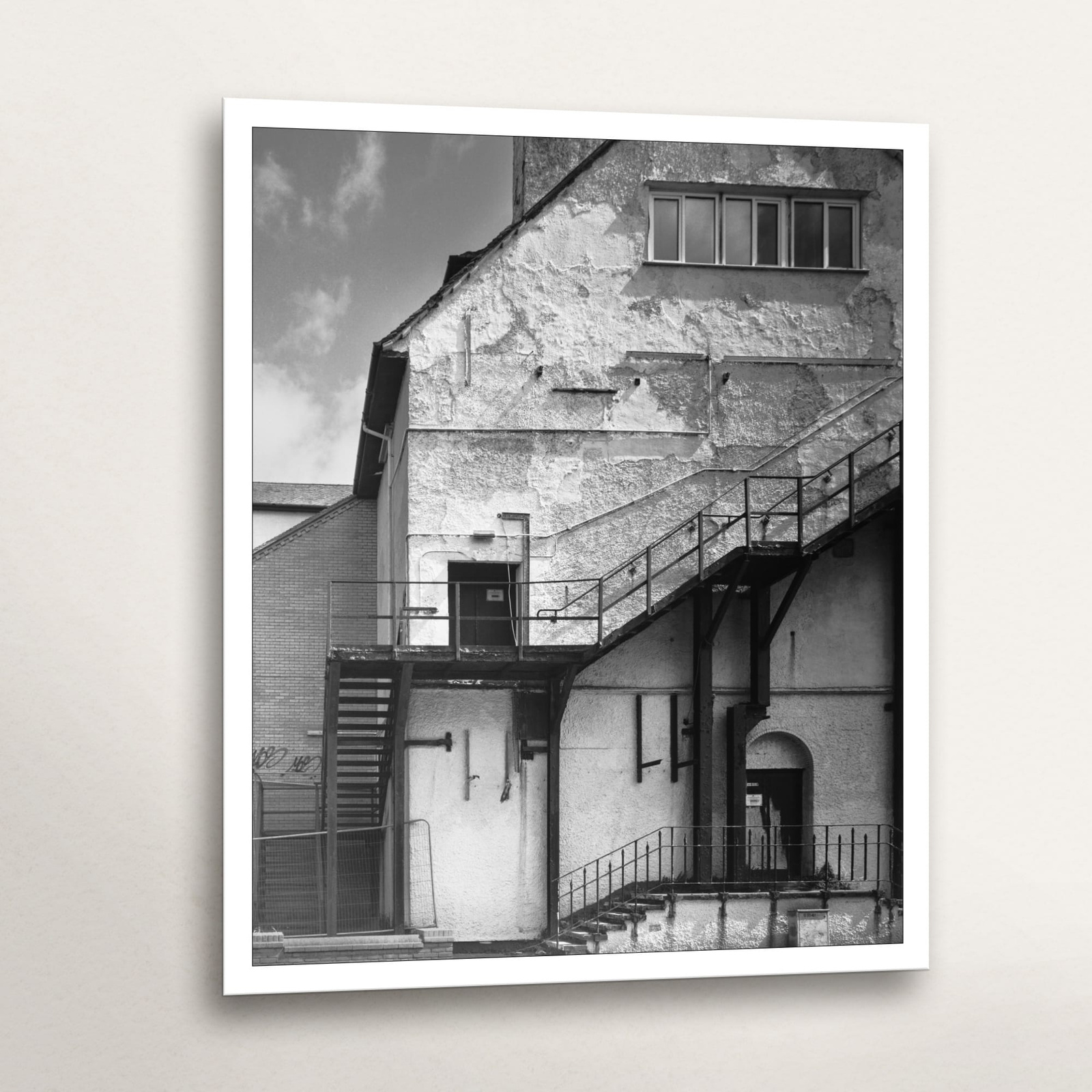What is Rembrandt Lighting?
In essence, Rembrandt lighting is a method for portrait photography that uses a single light source to create a very specific interplay of light and shadow on the subject’s face. The key identifier is a small, inverted triangle of light on the cheek that’s in shadow. This triangle, typically found just below the eye, is the hallmark of the technique, named after the Dutch Master, Rembrandt van Rijn, who used this chiaroscuro (the strong contrast between light and dark) to breathtaking effect in his paintings.
The Master’s Touch: Rembrandt’s Legacy
Rembrandt was a virtuoso of emotional storytelling. He didn’t just paint faces; he painted souls, using light as his primary tool. By illuminating his subjects with a single, strong light—often thought to be from a high window in his Amsterdam studio—he could sculpt their features with dramatic shadows. This technique added a sense of depth, mystery, and profound humanity to his work. Look at his self-portraits or The Night Watch; the light doesn’t just show you what’s there, it tells you how to feel about it. It’s this emotional resonance that photographers strive to capture.
How to Create Rembrandt Lighting in Your Photography
The beauty of this technique is its simplicity. You don’t need a studio full of expensive gear to get started. Here’s a basic guide:
- Position Your Subject: Have your model face the camera directly.
- Set Your Light Source: Place a single light (a speedlight, a softbox, or even a window) at about a 45-degree angle to the subject and raise it so it’s pointing down at about a 45-degree angle. The light should be slightly above eye level.
- Look for the Triangle: This is the crucial part. Adjust the light until you see that small, well-defined triangle of light on the shadowed side of the face. If the shadow from the nose and the shadow from the cheek meet to create that shape, you’ve got it!
- Consider the Background: A dark, neutral background will make your subject pop and enhance the dramatic effect, much like in Rembrandt’s paintings.
Beyond the Portrait: The Power of Light and Shadow
 While Rembrandt lighting is a portrait technique, the principle of using strong, directional light to create drama and mood applies to all forms of photography. It’s about understanding how light defines form and evokes emotion. This mastery of contrast is something I explore in my own work, particularly in my Architecture series, where I use light and shadow to sculpt the lines and textures of buildings, transforming concrete and steel into evocative, almost human, forms.
While Rembrandt lighting is a portrait technique, the principle of using strong, directional light to create drama and mood applies to all forms of photography. It’s about understanding how light defines form and evokes emotion. This mastery of contrast is something I explore in my own work, particularly in my Architecture series, where I use light and shadow to sculpt the lines and textures of buildings, transforming concrete and steel into evocative, almost human, forms.
Why It Still Matters
From classic Hollywood film noir to contemporary editorial portraits, Rembrandt lighting endures because it works. It’s a formula for creating images with instant gravitas. It encourages the viewer to lean in, to contemplate, and to connect with the subject on a deeper level. By learning this classic technique, you’re not just following a rule; you’re tapping into a centuries-old tradition of visual storytelling.
So, the next time you’re setting up a portrait, I encourage you to turn off the fill lights, embrace the shadows, and paint with light like the Old Masters. You might just create your most powerful work yet.









One Comment
Have you found that mastering Rembrandt lighting changes the way you see and use natural light in your everyday photography?